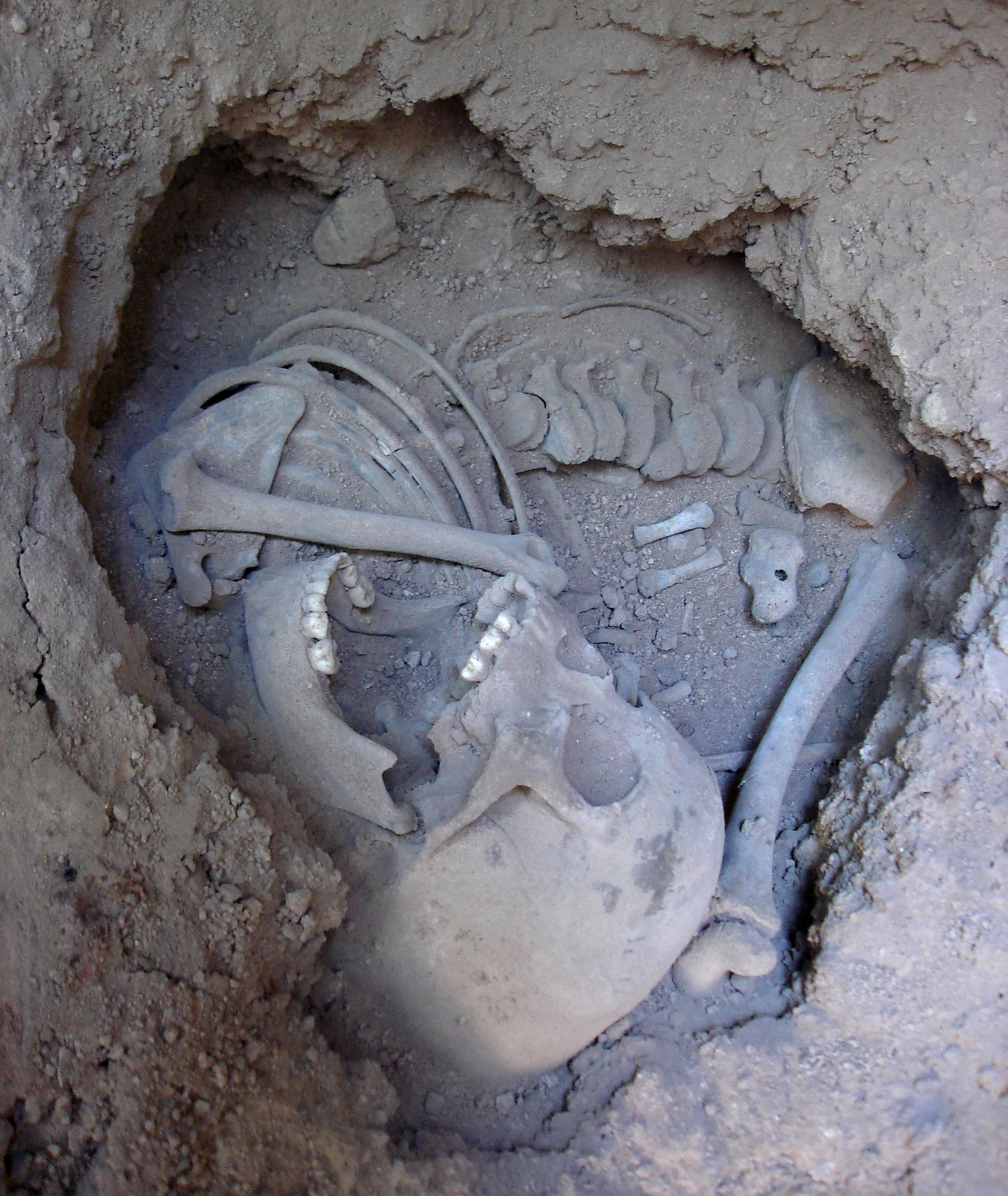Gallery: Gruesome cannibal burials in pictures
Ancient burials in central Brazil suggest corpses were mutilated, defleshed and burnt after death
Early human skeletal remains found in Lapa do Santo in central Brazil have provided archaeologists with new clues about how ancient groups in the Americas dealt with their deceased, 9,500 years ago. Some funerary rituals appeared to have involved the reduction of fresh corpses through mutilation, tooth removal and potentially cannibalism. Read the full story here.
The area now known as Lapa do Santo started being used as an interment ground between 10,300 and 10,600 years ago. Complete skeletons were buried there. The team led by Andre Strauss focused on a group of 26 later burials from between 9,400 and 9,600 years ago. The scientists found that at that time, some burial practices changed and involved the reduction of the fresh corpse, soon after death. The bodies went through a process of mutilation, defleshing, exposure to fire and even possibly cannibalism. For instance, the archaeologists found a case where the head and the hands had been cut off and the hands had been placed over the head.
While it is clear that the burial process was complex and followed precise rules, the archaeologists are not able to explain the function of the ritual. "As archaeologists, there are limits to what we can discover. We are not able to entirely explain their elaborate rituals and their motivations for performing them. What we can say is that these are unique rituals that don't resemble others," Strauss says.









© Copyright IBTimes 2025. All rights reserved.






















